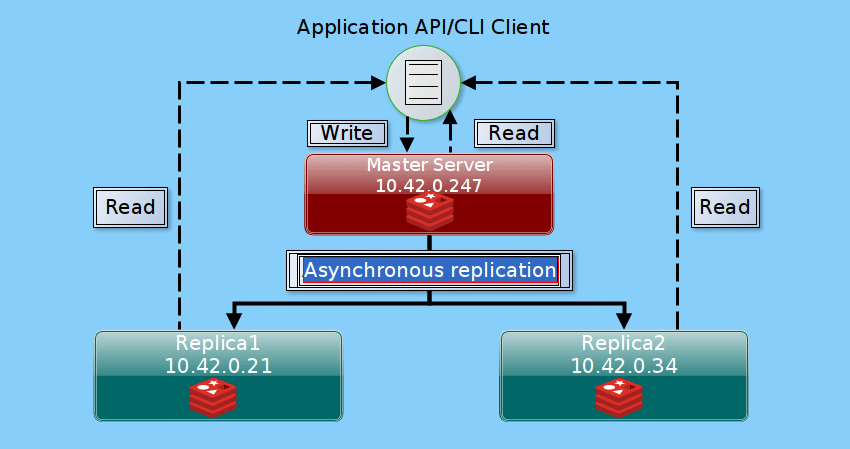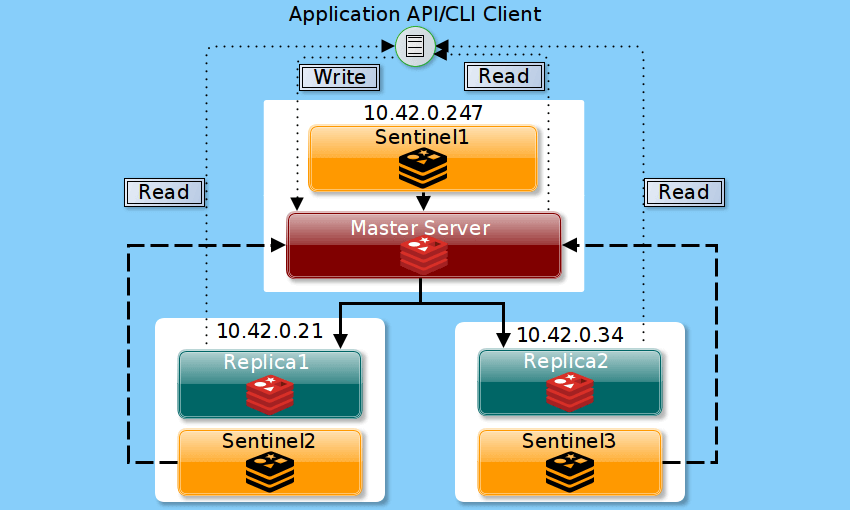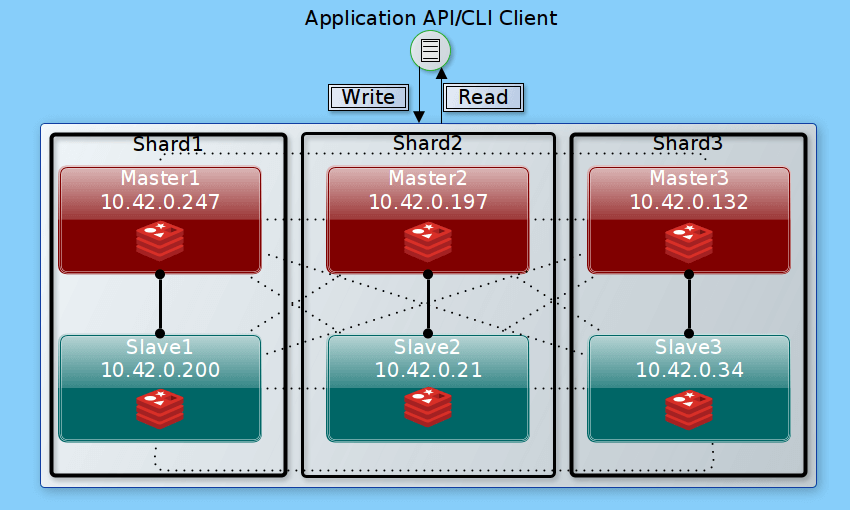Redis is an open-source in-memory key-value data store. It can be used as a database, cache and, message broker, and supports various data structures such as Strings, Hashes, Lists, Sets, and more. Redis provides high availability via Redis Sentinel and automatic partitioning across multiple Redis nodes with Redis Cluster. This tutorial describes how to install
Redis - DesignLinux
How to Setup Redis Replication (with Cluster-Mode Disabled) in CentOS 8 – Part 1
Redis (Remote Dictionary Server) is a very popular and widely-used open source, fast, distributed and efficient in-memory key-value database/data structure server. It offers a rich set of features that make it effective for a wide range of use cases: as a database, caching layer, message broker, or queue; applicable in web applications, chat and messaging
How to Setup Redis For High Availability with Sentinel in CentOS 8 – Part 2
Redis provides high availability via Redis Sentinel distributed system. Sentinel helps to monitor Redis instances, detect failures and will do roles switches automatically thus enabling a Redis deployment to resist any kind of failures. It features monitoring of Redis instances (master and replicas), supports notification of other services/processes or the system administrator via a script,
How to Setup a Redis Cluster in CentOS 8 – Part 3
Redis Cluster is a builtin Redis feature that supports automatic sharding, replication and high availability which was previously implemented using Sentinels. It is designed for two major purposes: one is to automatically split your dataset among multiple instances and secondly to provide some degree of availability during partitions, to continue operations when some instances (especially



